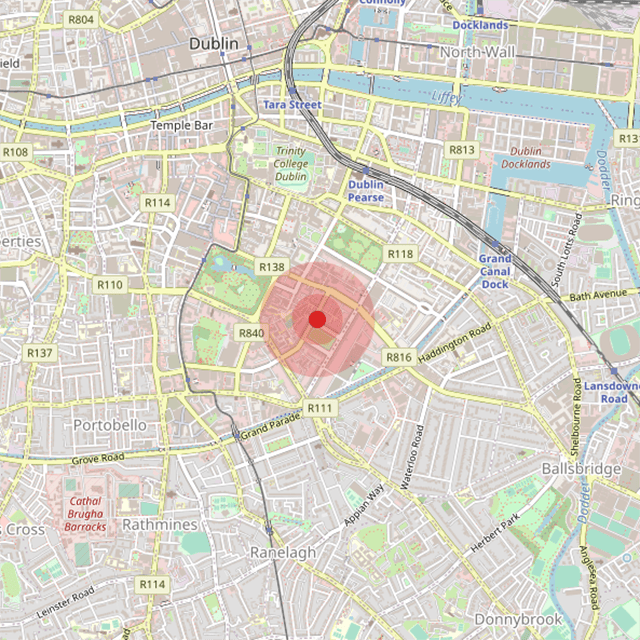Part 1: 12 steps to automated bookkeeping
Between Xero, QuickBooks, Sage One and a host of other cloud accounting services, there is a wealth of choice when it comes to how you choose to get started with automated bookkeeping. The old accounting days of tedious manual data entry, laborious reconciliations and never-ending paperwork are over. By harnessing the power of cloud accounting, you save time, become more efficient, reduce errors and reduce costs. But how exactly does automated bookkeeping work?
This is the first of two blogs that will reveal what automated bookkeeping can do for your business. Now is your chance to find out exactly what you’re investing in when you decide to level up with cloud accounting.
What can cloud accounting do for your business?
1. Bank feeds
Bank feeds are useful for connecting your online banking to your bookkeeping system so that the transaction information from bank accounts and credit cards automatically flows in. The result is that when you log in to your account in the morning, all your receipts and payments are instantly available. Bank feeds are a huge time-saver because they get rid of the need for time-consuming manual entry! AIB, Bank of Ireland and Ulster Bank all have bank feeds available that can be easily connected up to Xero. Revolut Business also has some impressive bank feeds.
2. Bank rules
Bank rules are designed to personalise your automated bookkeeping requirements. For example, perhaps you’d set up a bank rule telling your accounting software that every time there is a payment with the word “Vodafone” in it, it should be treated as a payment for telephone services with 23% VAT. You might even get super specific and create bank rules which identify payments by amounts. This is how you can teach your accounting system what different transactions mean and tell it how to deal with them.
Chances are your business has many routine payments that occur every month, such as rent, broadband, telephone, electricity, etc. Now you can process these direct debits automatically with bank rules! However, we don’t recommend that you set up bank rules for credit items, such as the paying of suppliers after 30 or 60 days. With these kinds of items, you would be better off posting it as a bill in the system and then matching the payment to the bill so that you are recognising the liability when the bill comes in, and not just when it is paid.
3. Repeat invoicing
If you have customers that have regular business with you, then repeat invoicing is going to save you so much time! There are a few ways of automating this process, for example, if you charge your clients the same amount every month, all you need to do is set up this recurring invoice once and it will continue to bill them on a monthly basis. But if your bill changes regularly, you can instead have the invoice automatically set up as a draft for you every month and then you can simply open it up and make the necessary edits. Property companies tend to use this handy automated tool for when they are collecting rent, as do SaaS companies who have a subscription model.
4. Expenses app
Most cloud accounting systems have an app that you can download to your phone to help you keep track of your expenses on the go. How does this work? Imagine you’re in a garage having just paid for petrol and now you have a receipt you need to keep so you can make an expense claim. Instead of stuffing it in your wallet with all the other receipts, the app enables you to take a picture of your receipt so that it automatically gets posted to your accounting system. Some accounting apps are quite clever in that they will automatically pull the required information from the receipt, such as cost, date, VAT, etc. and send this categorised data to the accounting system. A part from being yet another way to save time, this feature is great for minimising errors, going paperless and keeping track of spending patterns.
5. Products and services
With automated bookkeeping, you can set up the inventory and services that you sell in such a way that when you are writing an invoice, all you have to do is select a product rather than start from scratch every time. This means that the description of the service, the VAT rate, the account code, the classification and even the tracking category are all instantly pulled across into the invoice. You can still edit the details if you like, but the bulk of the information you need is there which is going to make your life a lot easier! It’s worth having your products and services set up in a comprehensive way that is correctly configured because this initial setup is what will allow you to really make the most of your cloud accounting system’s automation features in the long run.
6. Merchant services integration
Within many cloud accounting systems, there are integrations with applications such as Stripe. This is beneficial because it means that when you send an invoice to your customers, there is a link available in the invoice which they can click on to put in their credit card details and pay. This makes receiving money quickly from clients very easy, but it also means that you are alerted the moment your client has paid and your invoices are updated automatically as paid. On top of this, your accounting system will then reconcile the receipt when it comes in through the bank feed with the payment that was received on the invoice!
What to find out what else cloud accounting can do to make your bookkeeping run more efficiently? We will have six more ways for you to automate your accounting in the next blog!





